
Pioneering women
Looking back over the last century, we’ve seen women’s place in the workforce be influenced by wars, social pressures, and gaps in the workforce. But the most powerful impact was made by strong women who were brave enough to dare to be what they couldn’t see.
Come along as we explore the stories of women who forged paths in male dominated fields.
Making her mark on history
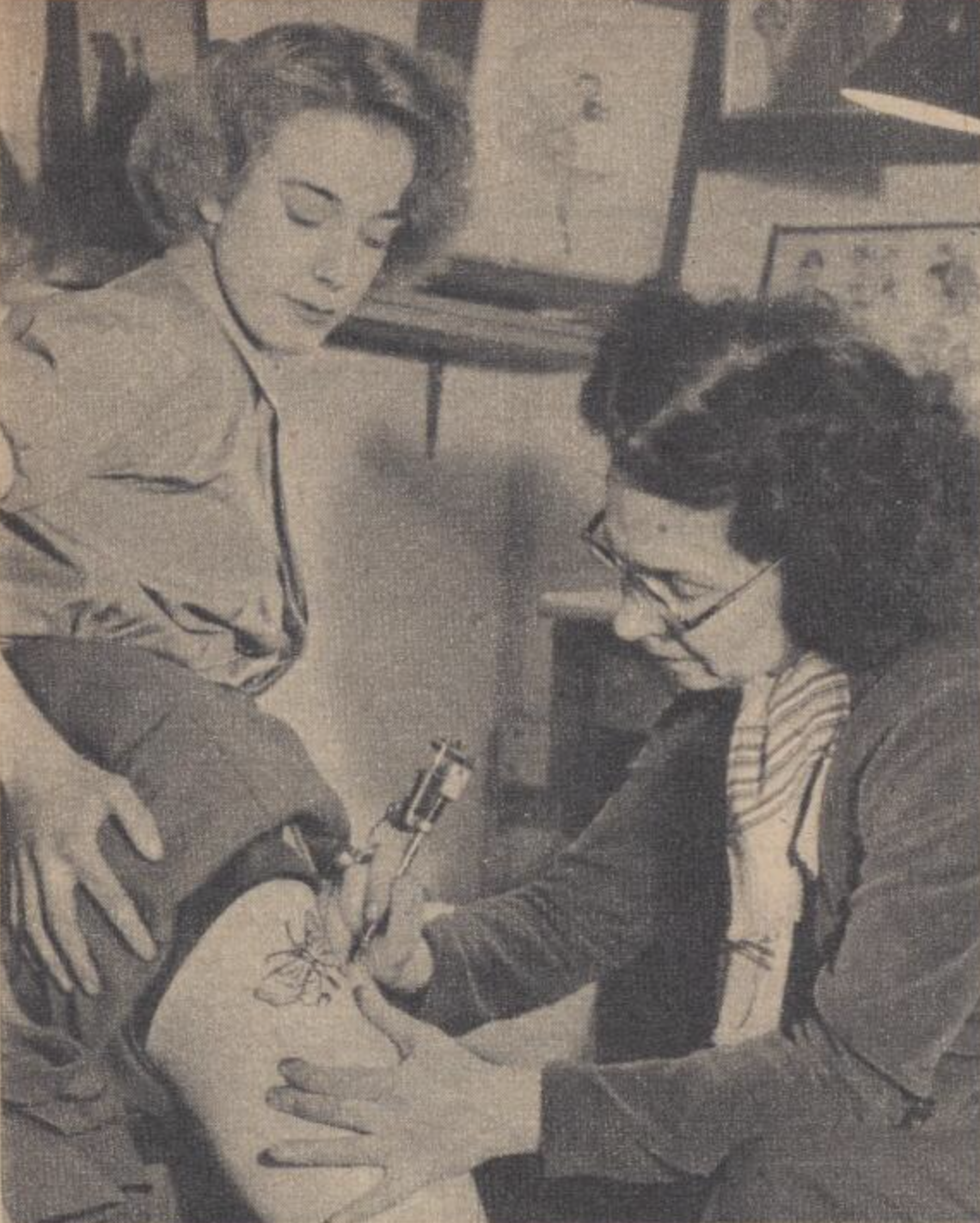
Jessie Knight is thought to be England’s first female tattoo artist. She made a name for herself in the early 20thcentury after taking over her father’s tattoo shop.
An article appeared in PIX in 1952 about how she opened her own studio near the British Army station in Aldershot.
She maintained high ethical standards as an artist by creating more meaningful portrayals of women in her art rather than the shallow pin-ups that were popular at the time. To protect the integrity of the art form, she also refused to tattoo inebriated clients or anyone looking to satisfy the terms of a bet.
A different kind of rock star
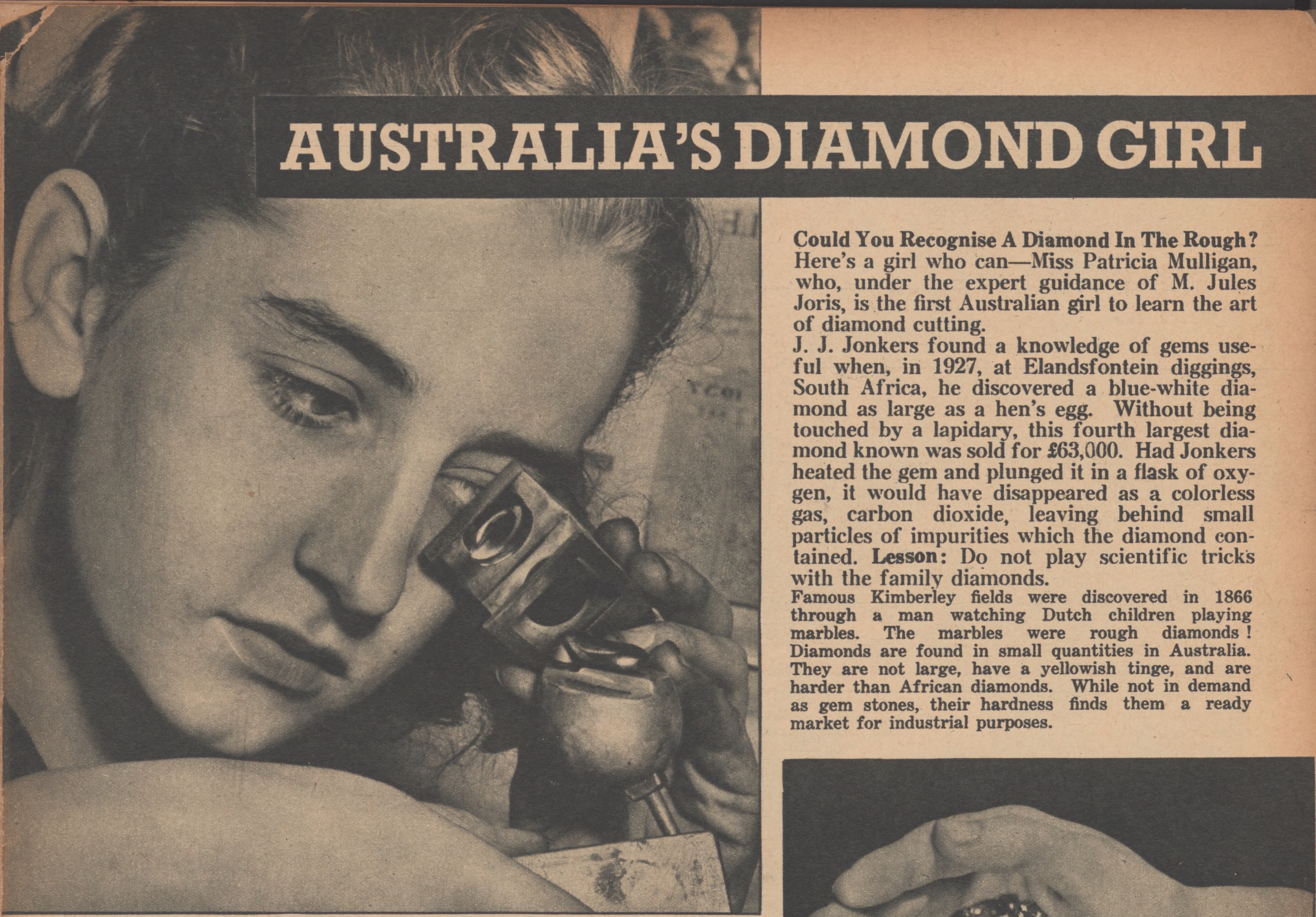
‘Miss Mulligan caught her curls in a determined hand and twisted them up out of the way before slipping into an overall for a demonstration of her interesting job.’ The Sydney Morning Herald, 28 November 1938, nla.news-article27976773
In the 1930’s Patricia Mulligan made headlines as the first woman in Australia to become a professional diamond cutter. The diamond cutting profession required confident mechanical skills, precision, and patience. This 1938 article in The Sydney Morning Herald explains how the process of polishing and cutting a small diamond took approximately two days to complete.
Written history
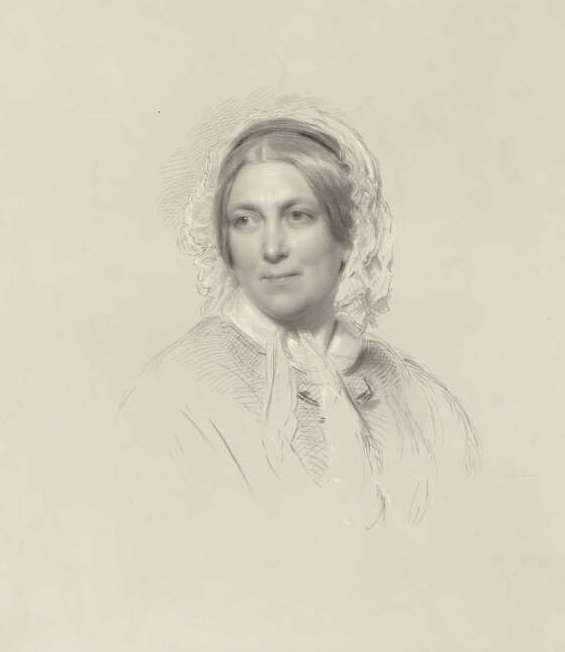
‘It was she who showed everyone how the driest of subjects could be made interesting.’ – The Australian Woman's Mirror, 5 February 1929, nla.news-article418537148
Harriet Martineau was one of the first female journalists and sociologists in the early 1800’s. She was born in England in 1802 and was one of eight children. In her time women were only meant to pursue occupations involving sewing and tailoring. However, upon reading an example of her work Harriet’s brother James told her to leave the sewing to the less literarily gifted individuals.
Her popular novels included Society in America, Deerbrook, The Hour and the Man and How to Observe Morals and Manners amongst many other favourites.
She was also one of the founders of the Ladies' London Emancipation Society which was one of the first anti-slavery activist groups specifically for women.
She carved out a path for women to be recognised as serious contributors to intellectual fields.
A killer-catching career
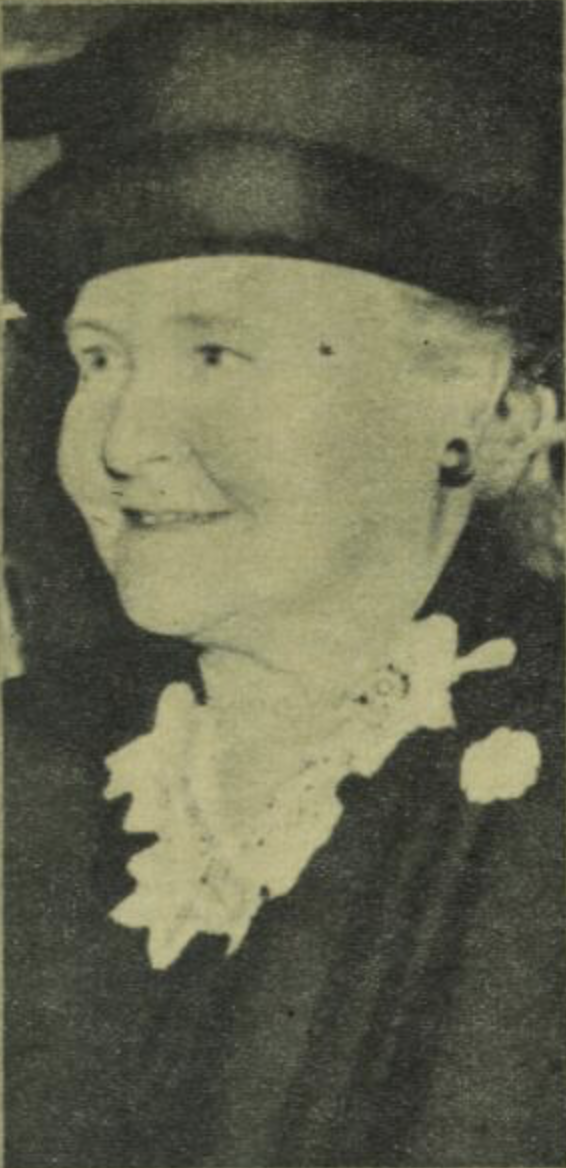
‘Miss Wyles was, of course, one of these venturesome pioneers who refused to be daunted by the intransigent male, and fought on— until today the women police of London have won the respect and the co-operation of police men and public alike.’ – The Advertiser, 10 May 1952, nla.news-article47380078
Chief Inspector Lilian Wyles became the first female detective to work in the C.I.D in 1921. She served as a nurse during World War I and was a law student before deciding to join the Women Police Service in 1919. Then in 1923 she became the first woman to join Scotland Yard where she worked on several high-profile cases. This included the case of the acid bath murderer, the Vera Page murder, the Sir Leo Chiozza money case, and the Winchmore Hill murder.
‘You must always give of your best – and, above all, you must keep in mind that you're dealing with human beings – you must be humane, always.’ – Gippsland Times, 5 January 1950, nla.news-article63310334
She endured backlash from her male counterparts who felt policewomen should ‘go back to their washtubs.’ Despite the ridicule she received, Lilian quickly proved herself to be an invaluable member of the police force.
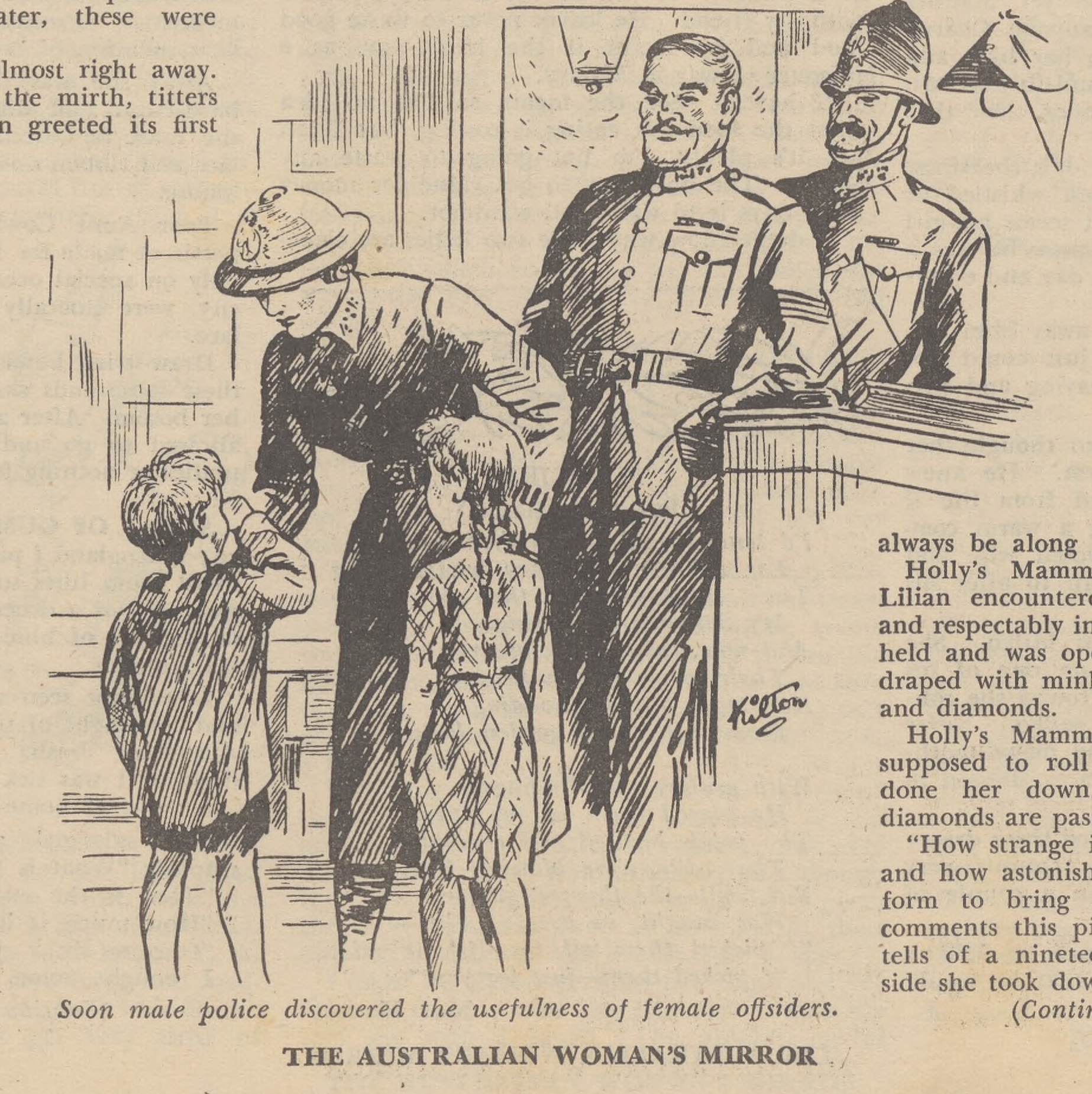
In 1949 Lilian retired after 30 years of service, setting a precedent for more women to have long, successful careers in the police force.
The sound of change on the airwaves
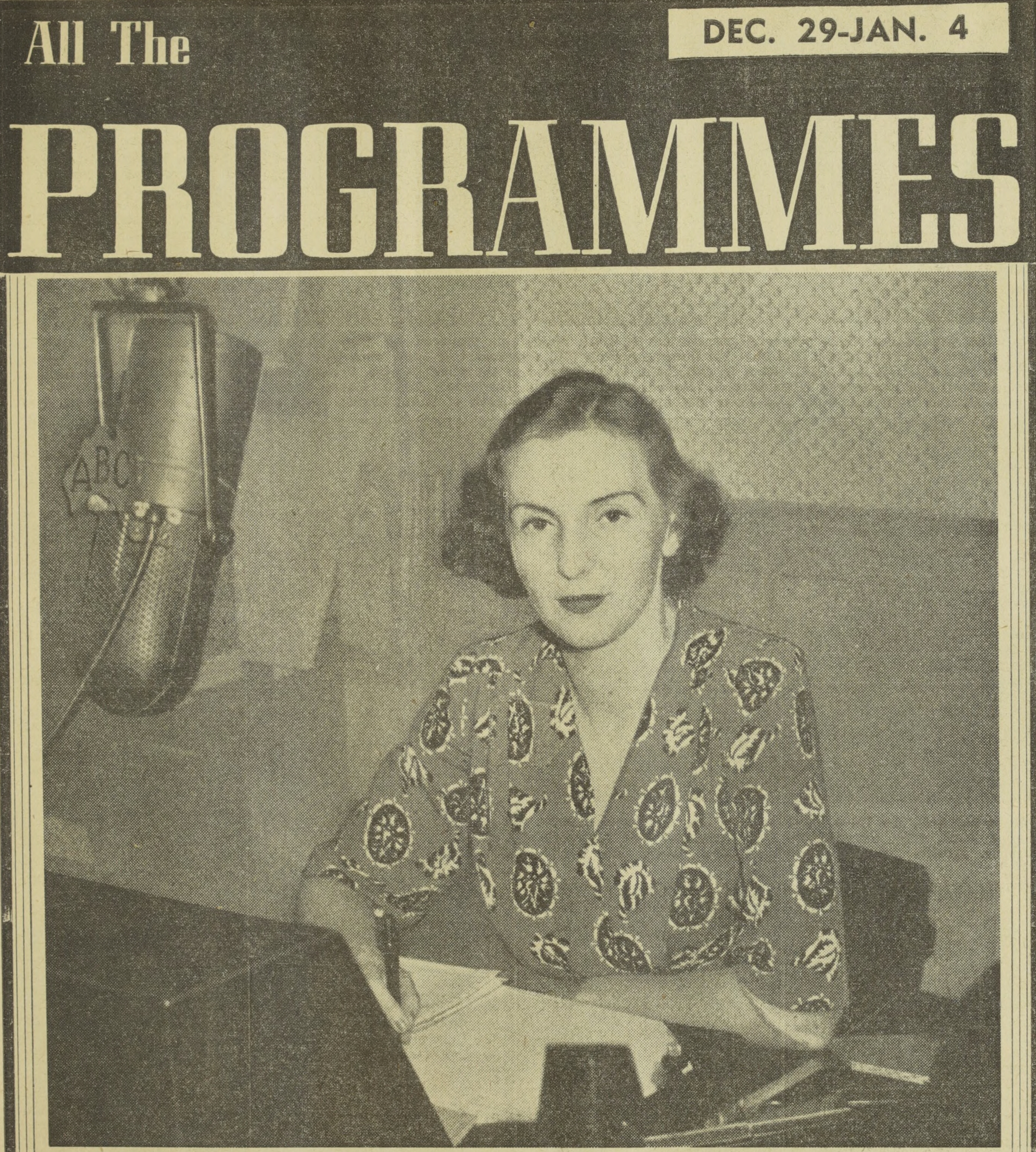
In December 1940, Margaret Doyle became the first female newsreader and radio announcer in Australia.
With positions left vacant by men who enlisted in World War II, the Australian Broadcasting Corporation interviewed 450 applicants with only one successful applicant: Margaret. She had previously worked as a librarian at Sydney’s Pickwick Bookclub. It took until 1940 but women could finally hear their voices reflected on the radio.
Her place on the airwaves meant more young women could work towards one day having a successful career in broadcasting.
Take a moment to think of the women from history who went where no woman had before. Who would you like to see featured next? Join the conversation on Facebook.